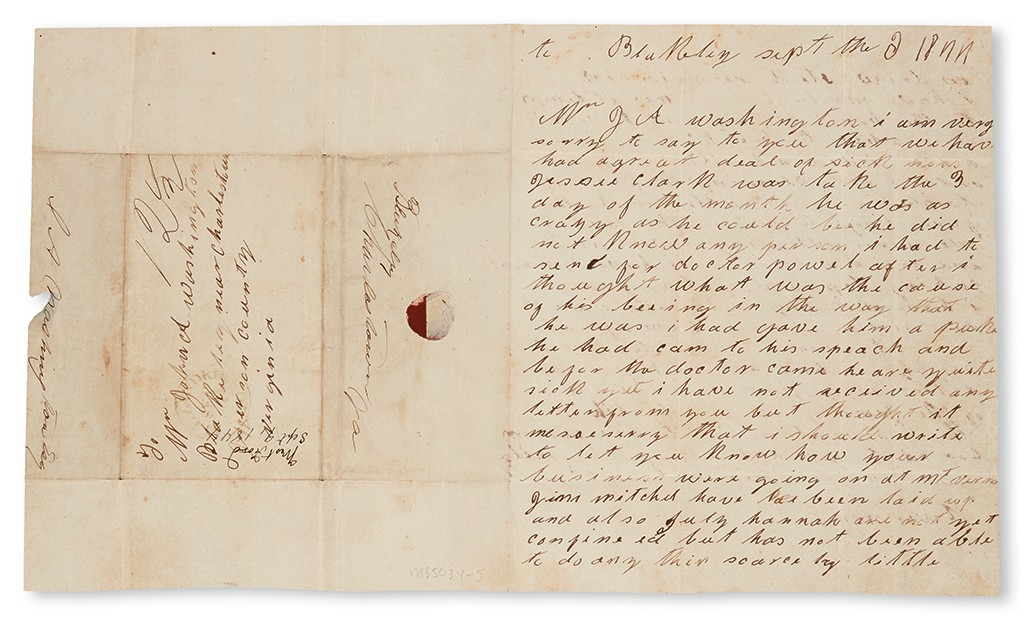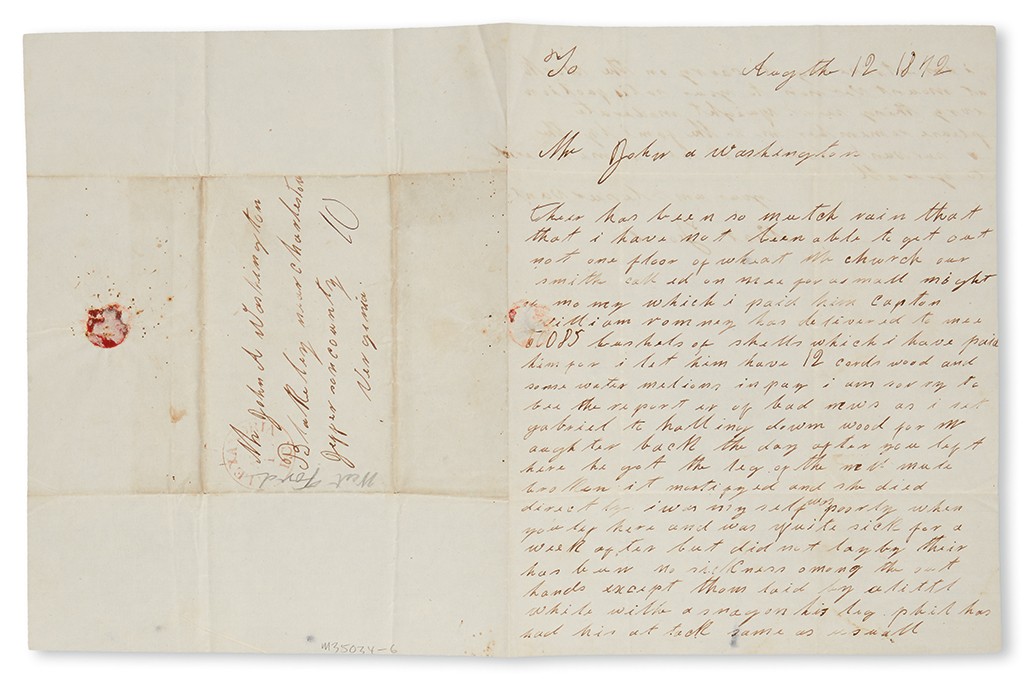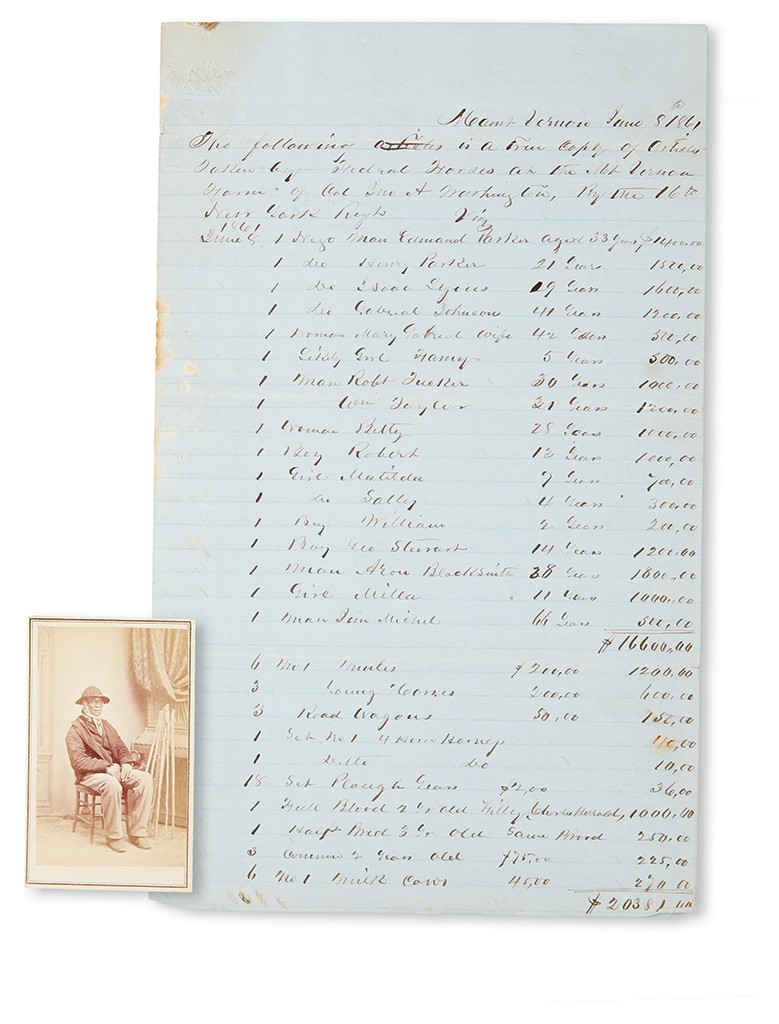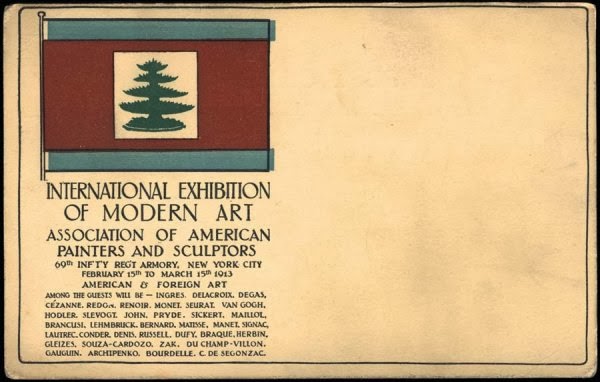John Augustine Washington III & Mount Vernon
From the catalogue for our March 30 sale of Printed & Manuscript African Americana. The sale will feature a run of 16 lots of letters and ephemera from Mount Vernon before its dissolution.
John Augustine Washington III was the grand nephew of George Washington and the last private owner of Mount Vernon. In Washington’s day, the plantation had over 300 slaves and was a productive estate. However, by 1840, when Mount Vernon came into John Augustine III’s hands, the estate was in decline.

Lot 24: West Ford, Autograph Letter Signed to John Augustine Washington, discussing recent illnesses, September 6, 1844.
Estimate $10,000 to $15,000.
The income for the estate came from wheat and potato production, the sale of cut wood, and the sale and rental of slaves, as well as land rentals and a herring operation on the Potomac. But all of these together could not slow the eventual decline of Mount Vernon. The combination of bad harvests, insect infestations, bad weather and bad management brought the estate to a point where John Augustine decided to allow the estate to become a full-time tourist attraction. A deal was made with the proprietors of the Thomas Collyer to permit their steamboat to dock directly at Mount Vernon, bringing tourists to the doorstep. He also promoted and invested in the construction of the Alexandria, Mount Vernon and Accotink Turnpike Road, which was designed to make travel easier to Mount Vernon overland. However, all these measures were still not enough to halt the eventual collapse of the estate.

Lot 25: West Ford, Autograph Letter Signed to John Augustine Washington, III, discussing recent weather and events, August 12, 1842.
Estimate $10,000 to $15,000.
John Augustine approached both the federal government and the state of Virginia with a plan to turn the estate into a national shrine, but with the Sectional Crisis brewing, neither was of much help. So in 1858, he sold a sizeable piece (some 200 acres) of the land, including the main house, a few smaller structures and the family tomb, to the Mount Vernon Ladies Association (MVLA). John Augustine and his family relocated to Waveland Plantation in 1860. A year later, following the firing on Fort Sumter and secession of the southern states, John Augustine joined the confederacy as aide-de-camp to his relative by marriage, Robert E. Lee. In September of 1861, he was shot dead by a union sniper.

Lot 34: List of property stolen by Union Troops, including slaves, with a photograph of the slave Jim Mitchell, 66, who had been on Mt. Vernon since he was 14 years old, June 8, 1861. Estimate $10,000 to $15,000.
These 16 lots of letters and related documents cover an approximate period of the last three decades of Mount Vernon while it was still in the hands of the Washington family. Their content reveals the issues facing John Augustine Washington in terms of the decline of the estate, as well as his relationship with his mother and other members of the family. Most importantly, they shed light on his relationship with West Ford, a favorite former slave and estate manager.
See the full catalogue for more glimpses of history.















![Grace Meschery-McCormack shares about two copies of Fernando de Rojas’s ‘La Célestine,’ including a limited edition copy illustrated by Pablo Picasso.
At auction April 22. Learn more about the works at the link in our bio.
#Rarebooks #rarebookdealer #antiquarianbooks #auctions
_______________________________________
Music Credit:
Schubert - Piano Quintet in A major ‘The Trout’, D. 667 - IV. Andantino – Allegretto
Music provided by Classical Music Copyright Free on Youtube [https://tinyurl.com/visit-cmcf]
Watch: • Schubert - Piano Quintet in A major ‘...]](https://scontent-iad3-1.cdninstagram.com/v/t51.75761-15/491443494_18499096345036585_5935932878956098058_n.jpg?stp=dst-jpg_e35_tt6&_nc_cat=107&ccb=7-5&_nc_sid=18de74&_nc_ohc=Kjf2AzWLeY8Q7kNvwEQYrfY&_nc_oc=Adn_Uzi4Nwl1nHCsTtuLCIkthuYOWwKedtxovtcdMSYhpbHQGScR7QSzzN2rD0v-khE&_nc_zt=23&_nc_ht=scontent-iad3-1.cdninstagram.com&edm=AM6HXa8EAAAA&_nc_gid=IbcSqAQUVpdaO9JWi-44pg&oh=00_AfJSqMxcJpH4q9h9WDsPEY5foV5lT7WggsaS36MyZDbjdA&oe=68217E51)


